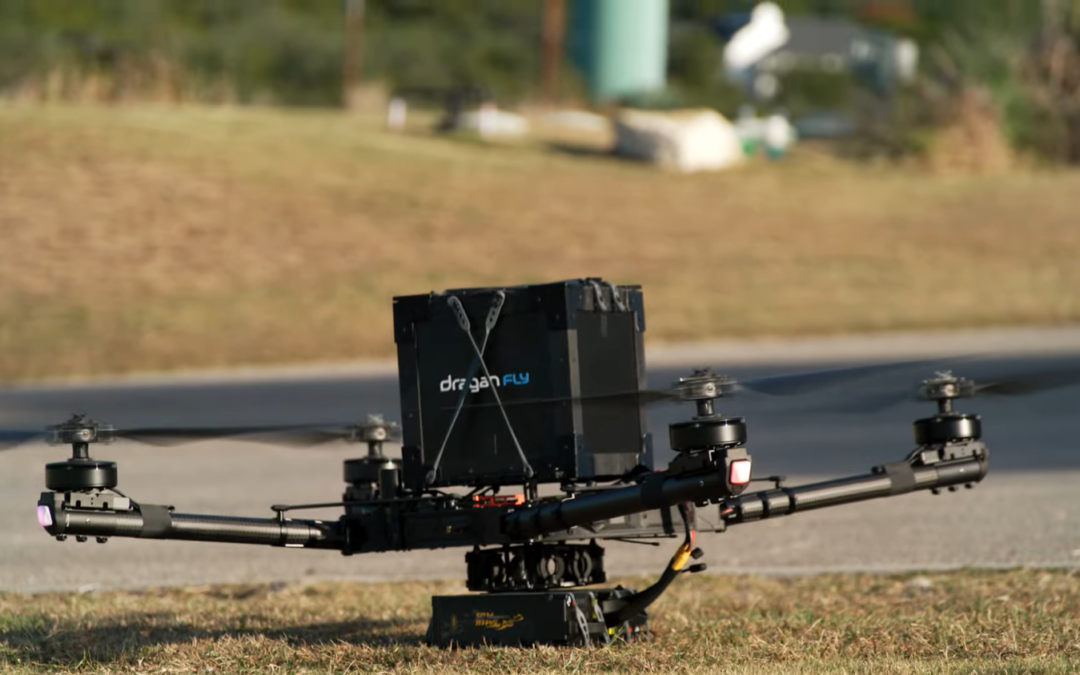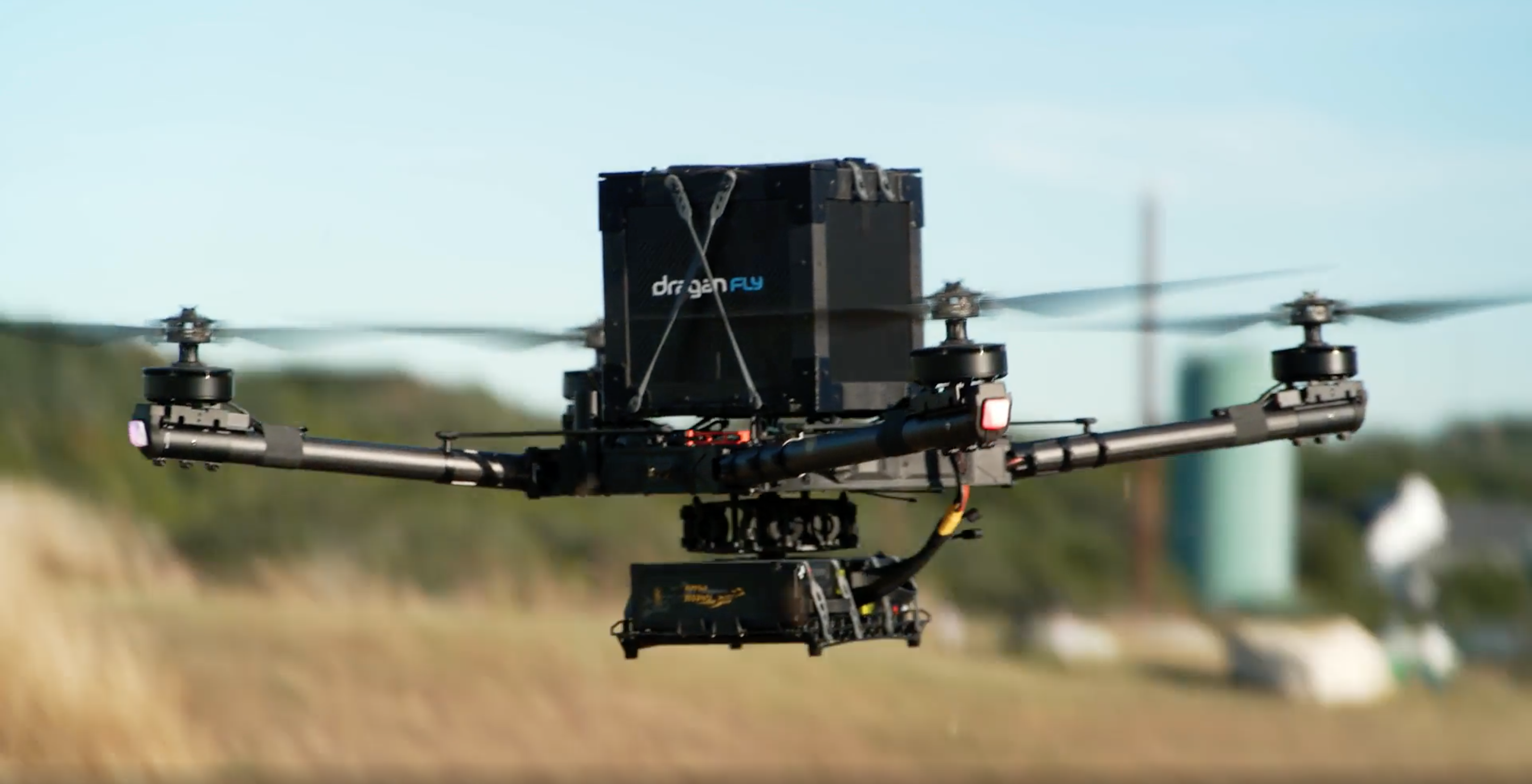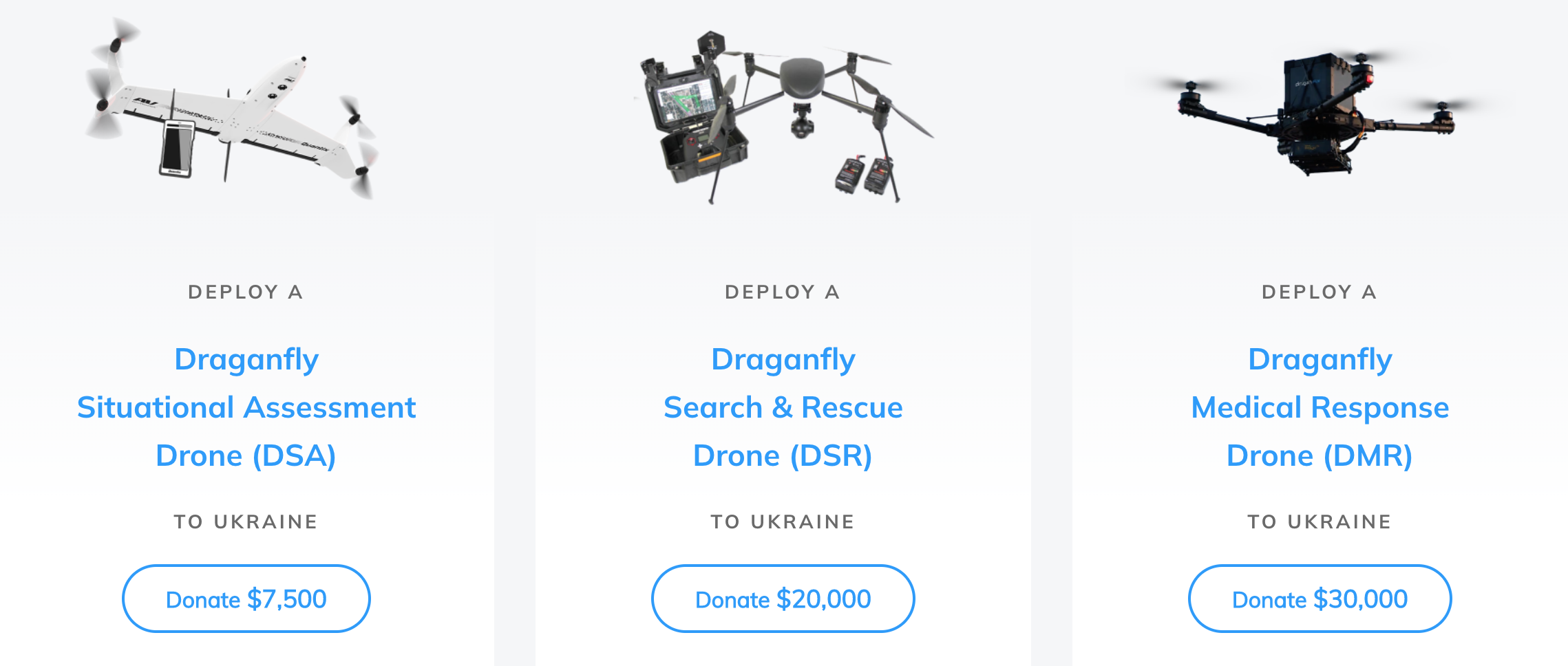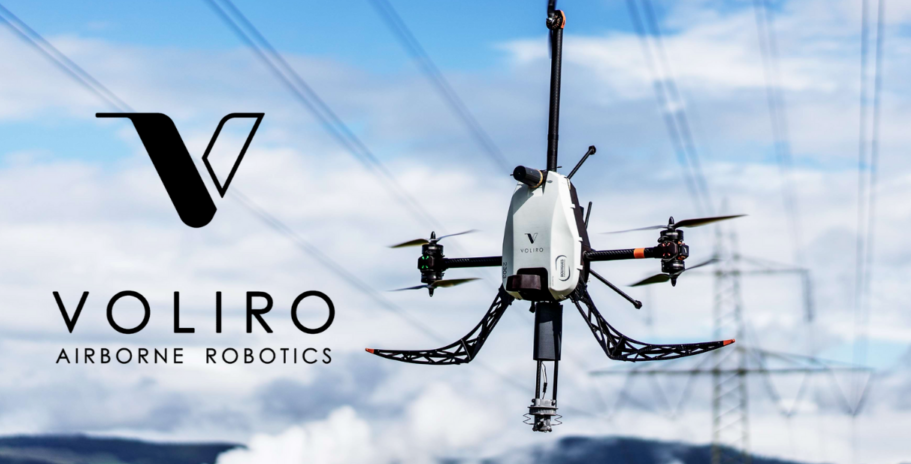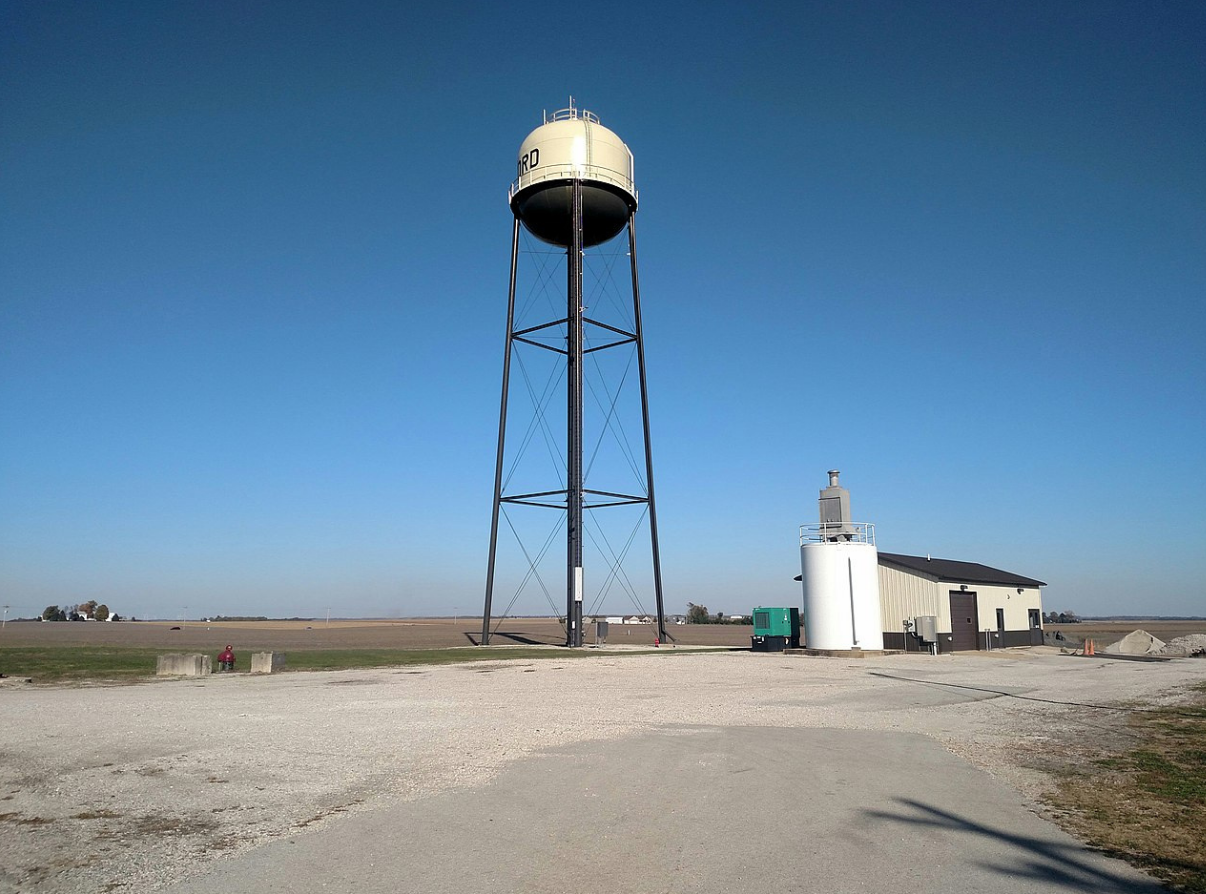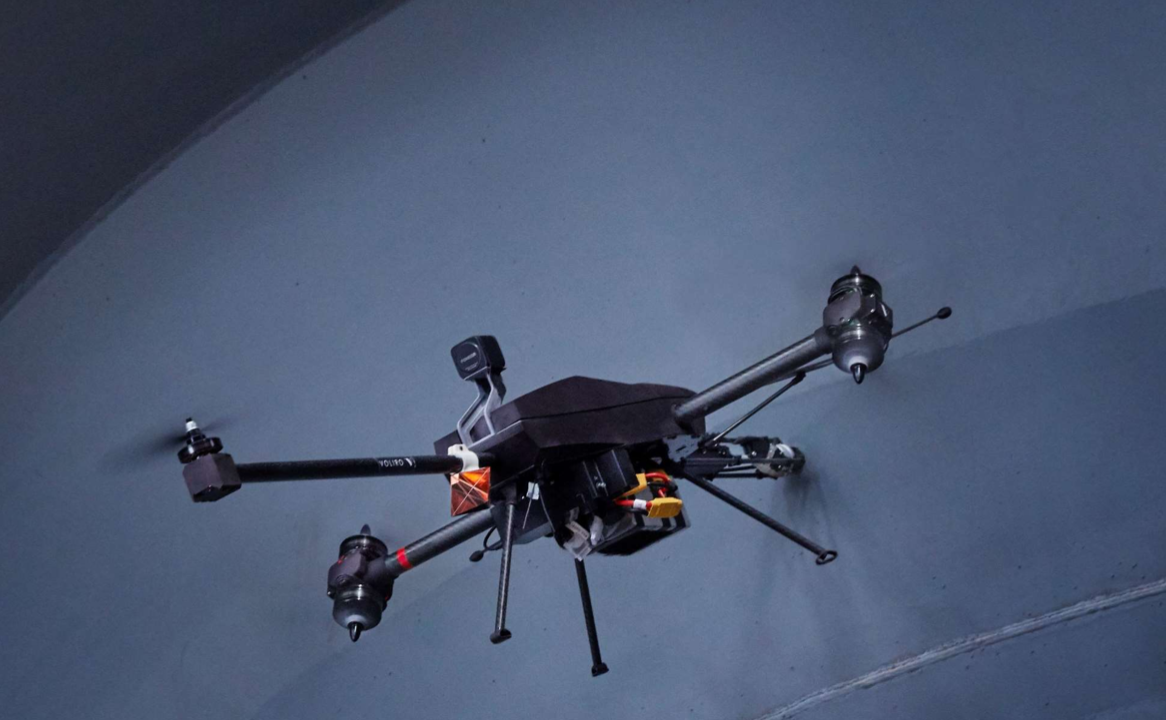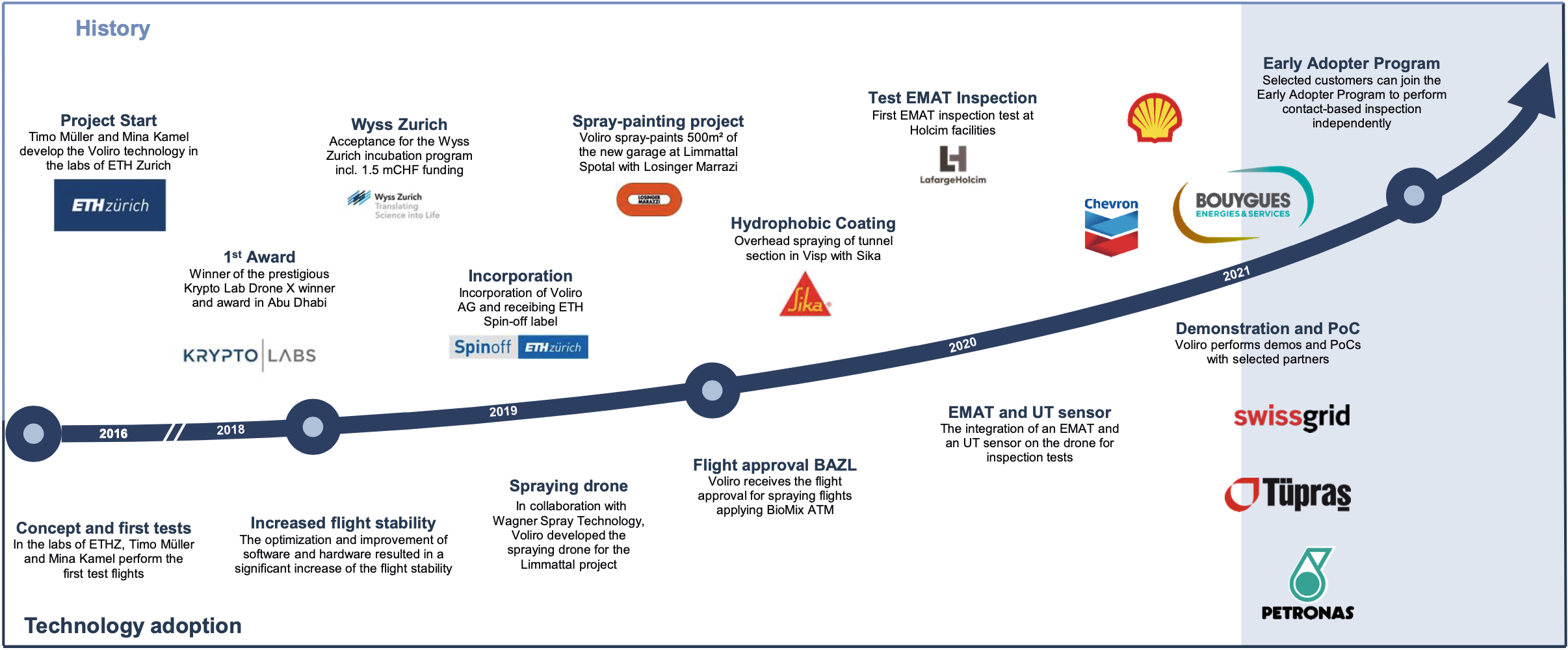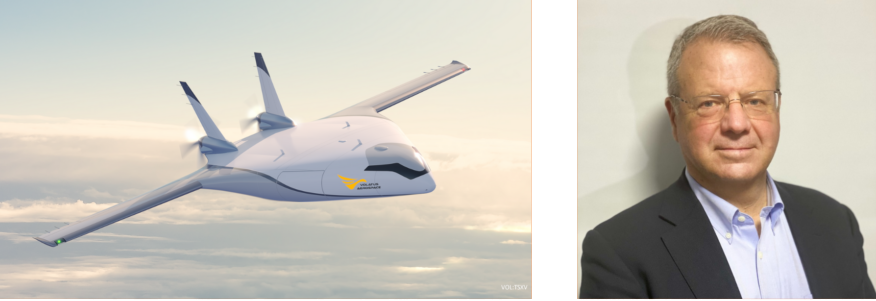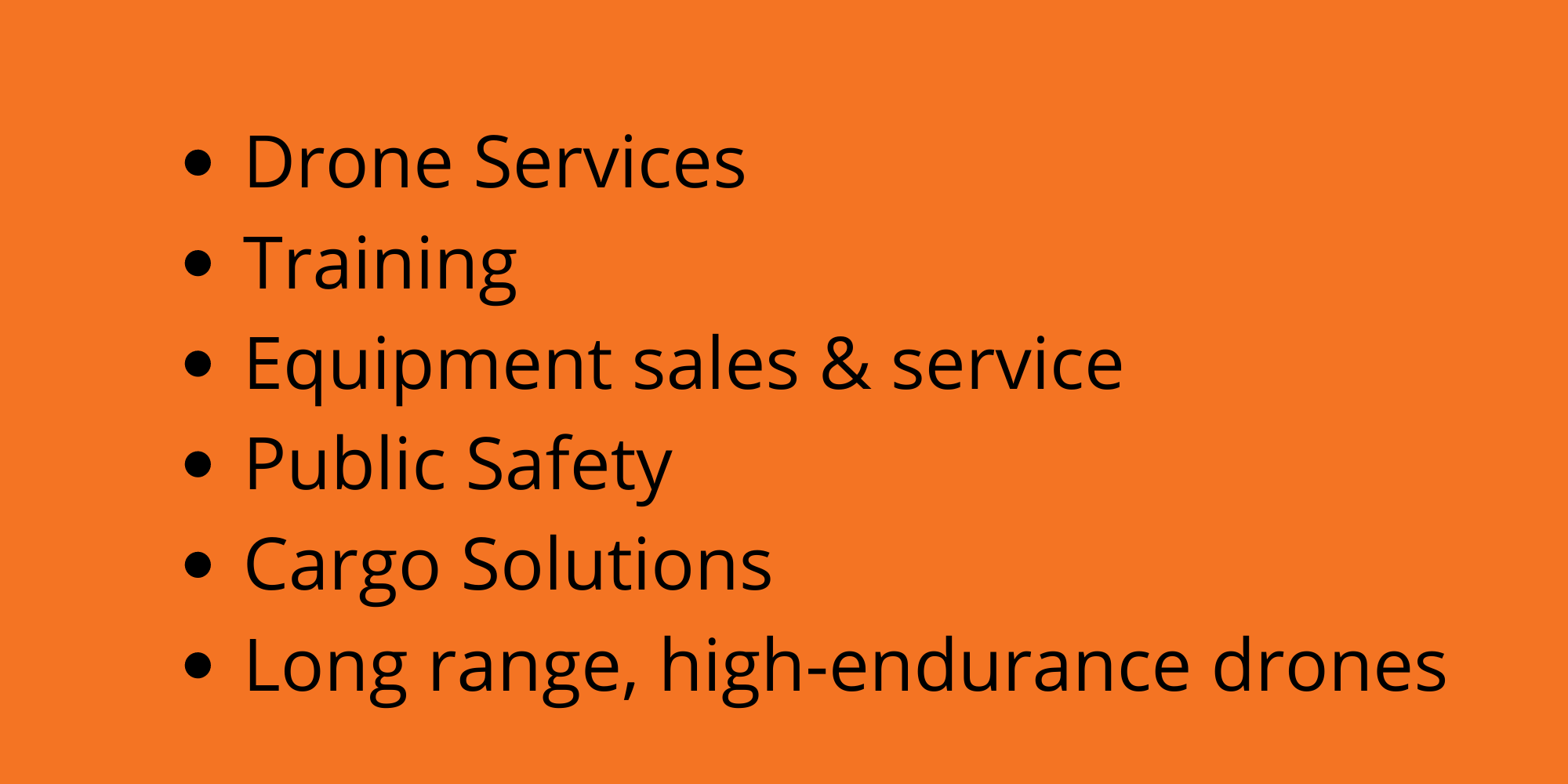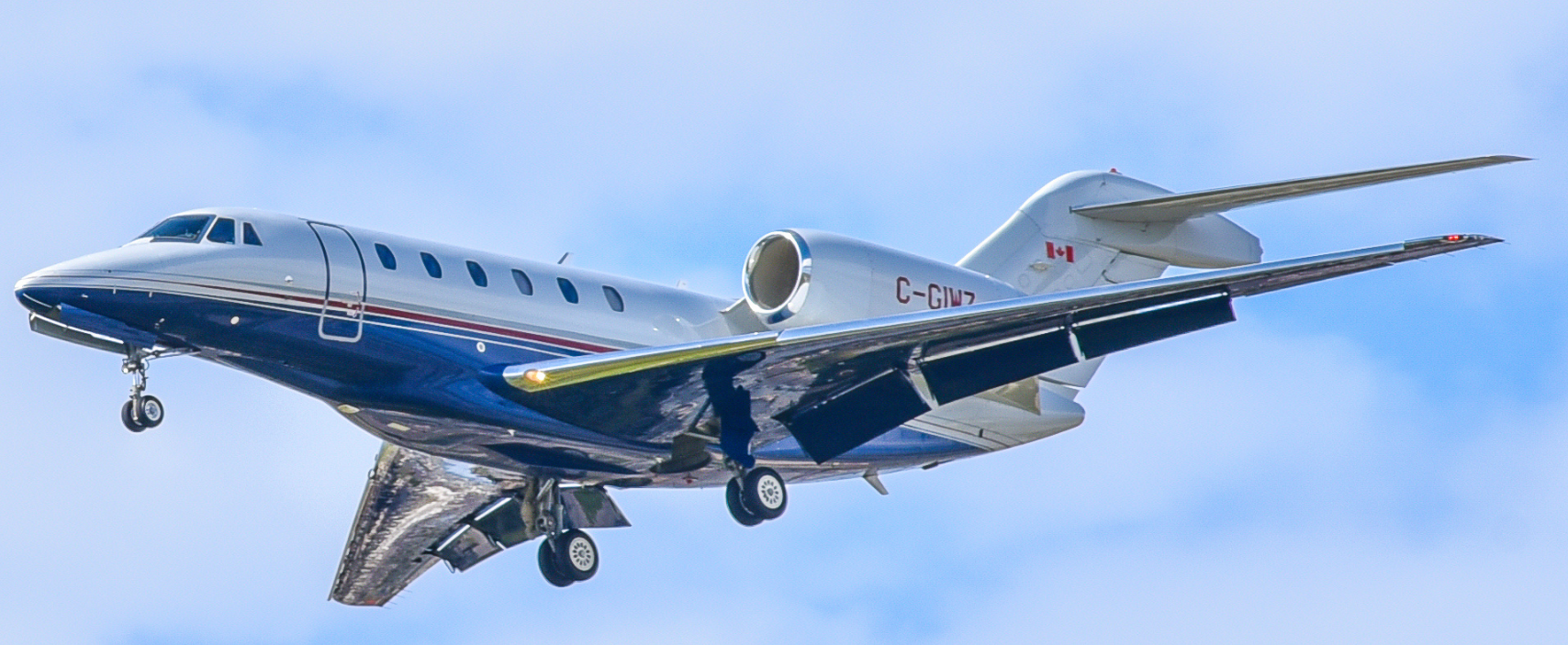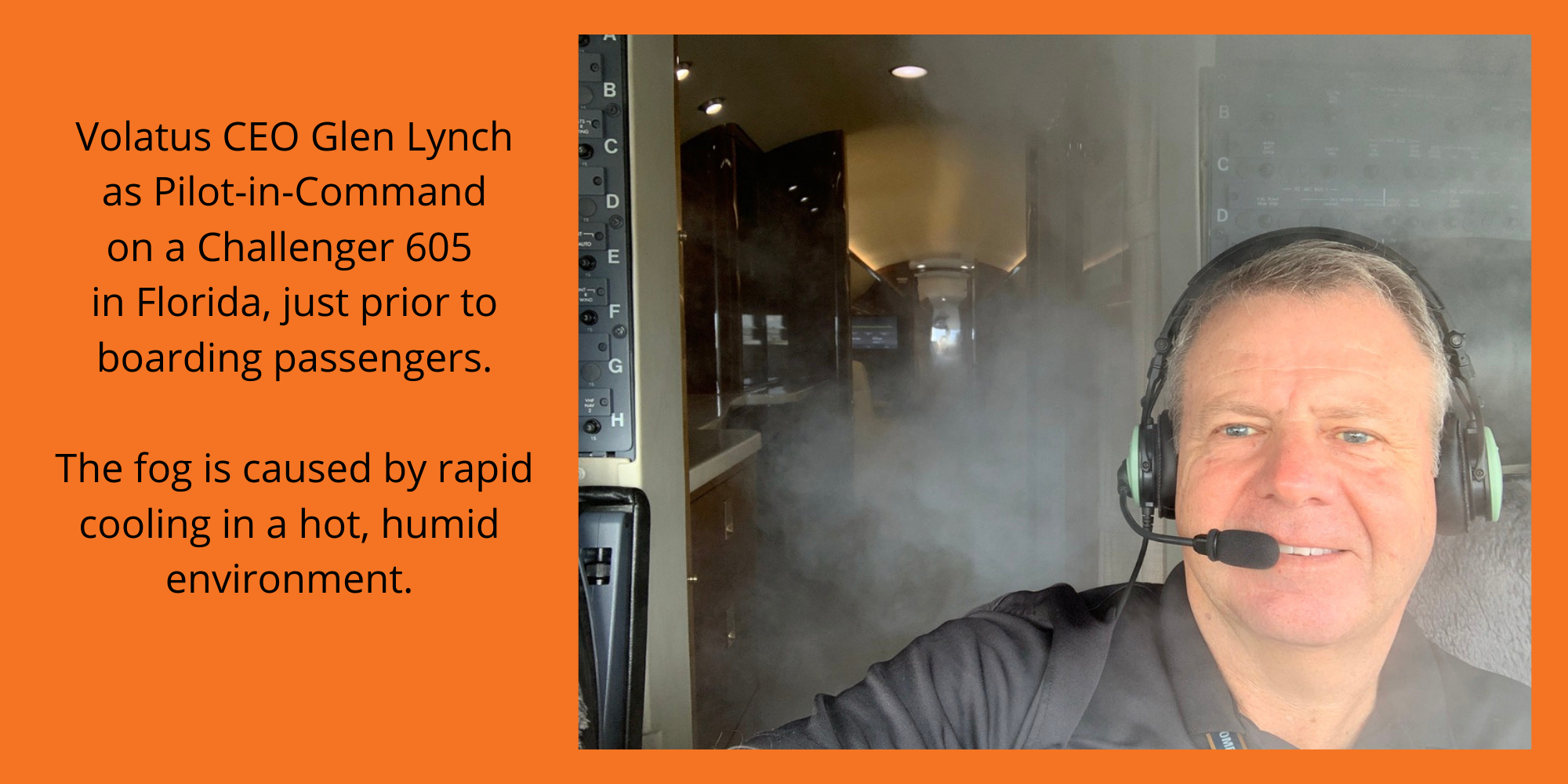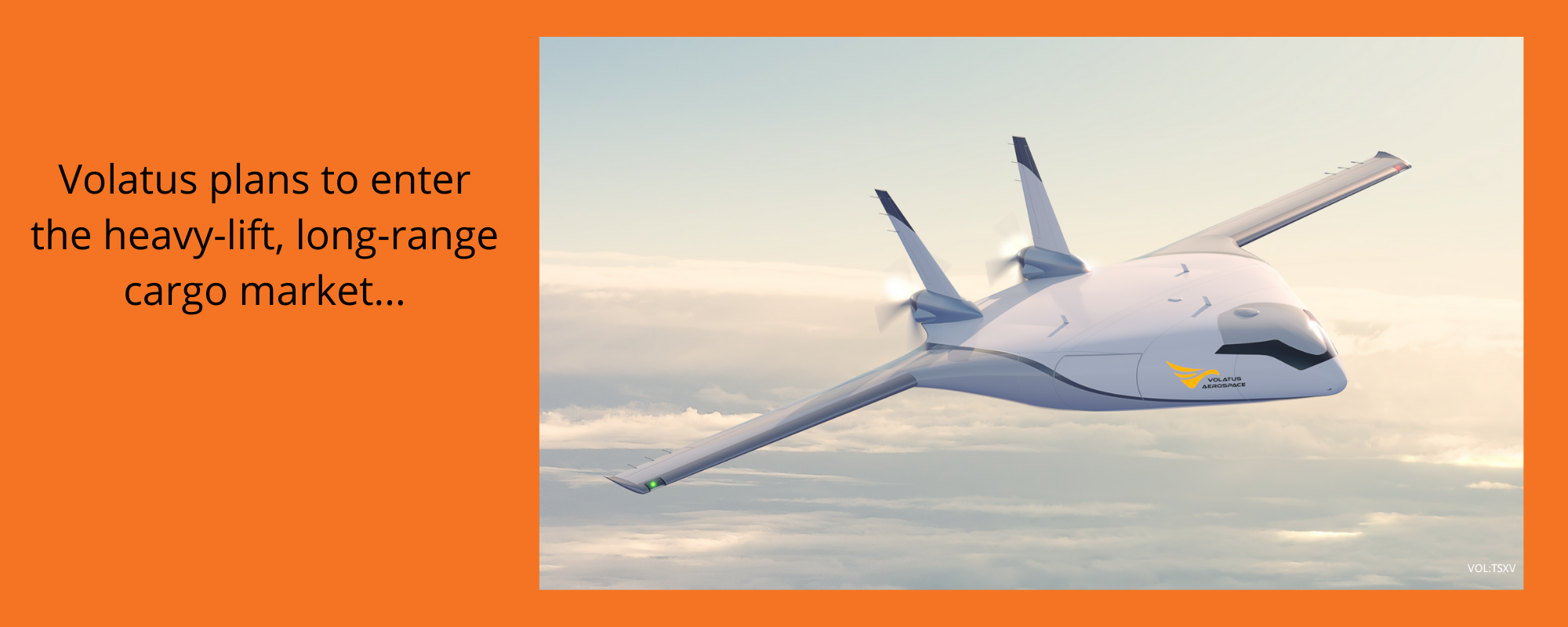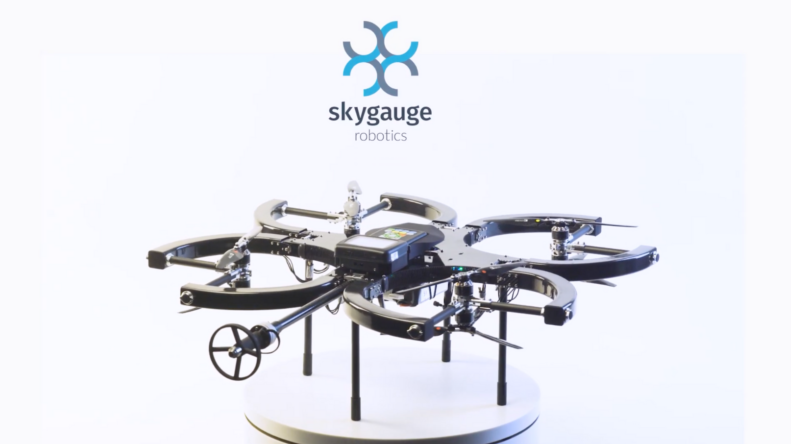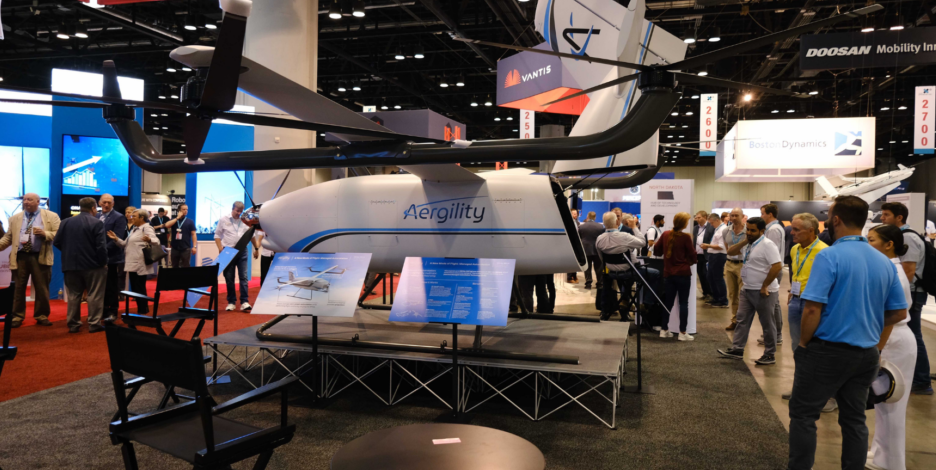
New heavy-lift autogyro grabs attention @AUVSI
We had barely got onto the XPONENTIAL trade floor in Orlando before something really caught our attention. Part of the reason was because it was big. But it was also very different.
It’s an entirely new type of VTOL drone that uses an autogyro-type system for lift. The drone is called ATLIS, and it’s billed as a long-range, heavy lift VTOL cargo UAV. It’s built by a Florida company called Aergility, which has previously successfully tested scale models of this design.
“We flew our first 1:4 scale model about four years ago,” says Brian Vander Mey, Aergility’s Director of Sales and Marketing. “Then we built a 30 per cent scale model, and this is the debut of our full-scale model. This is our third generation.”
Take a look at this thing. It’s quite something:
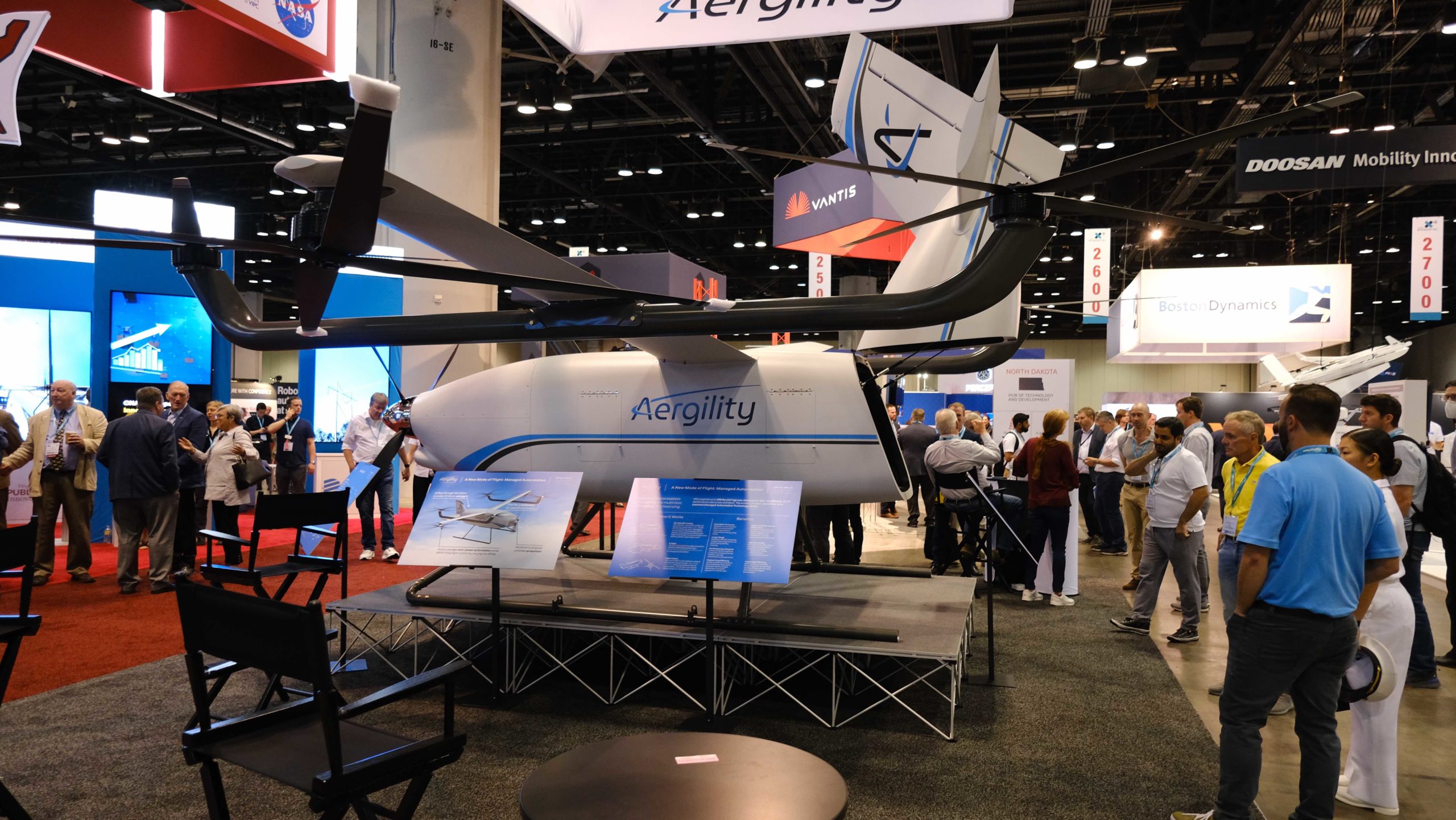
The Aergility ATLIS has a claimed range of 300 miles (480 km) with a payload of 500 pounds (227 kg). The company says it’s been designed for dropping critical supplies to disaster areas, hostile environments, and more.
“We want to be in places that have limited, damaged infrastructure or uavailable infrastructure,” says Brian Vander Mey, Aergility’s Director of Sales and Marketing.
“That would be anything from 400,000 villages in Africa, to oil platforms, to military applications where it costs $1,000 per litre to deliver water into the field.”
A VTOL with autogyro
This drone has quite an unusual design. Forward thrust is carried out by a multi-fuel turboprop engine. You can get a closer look at the front end here:
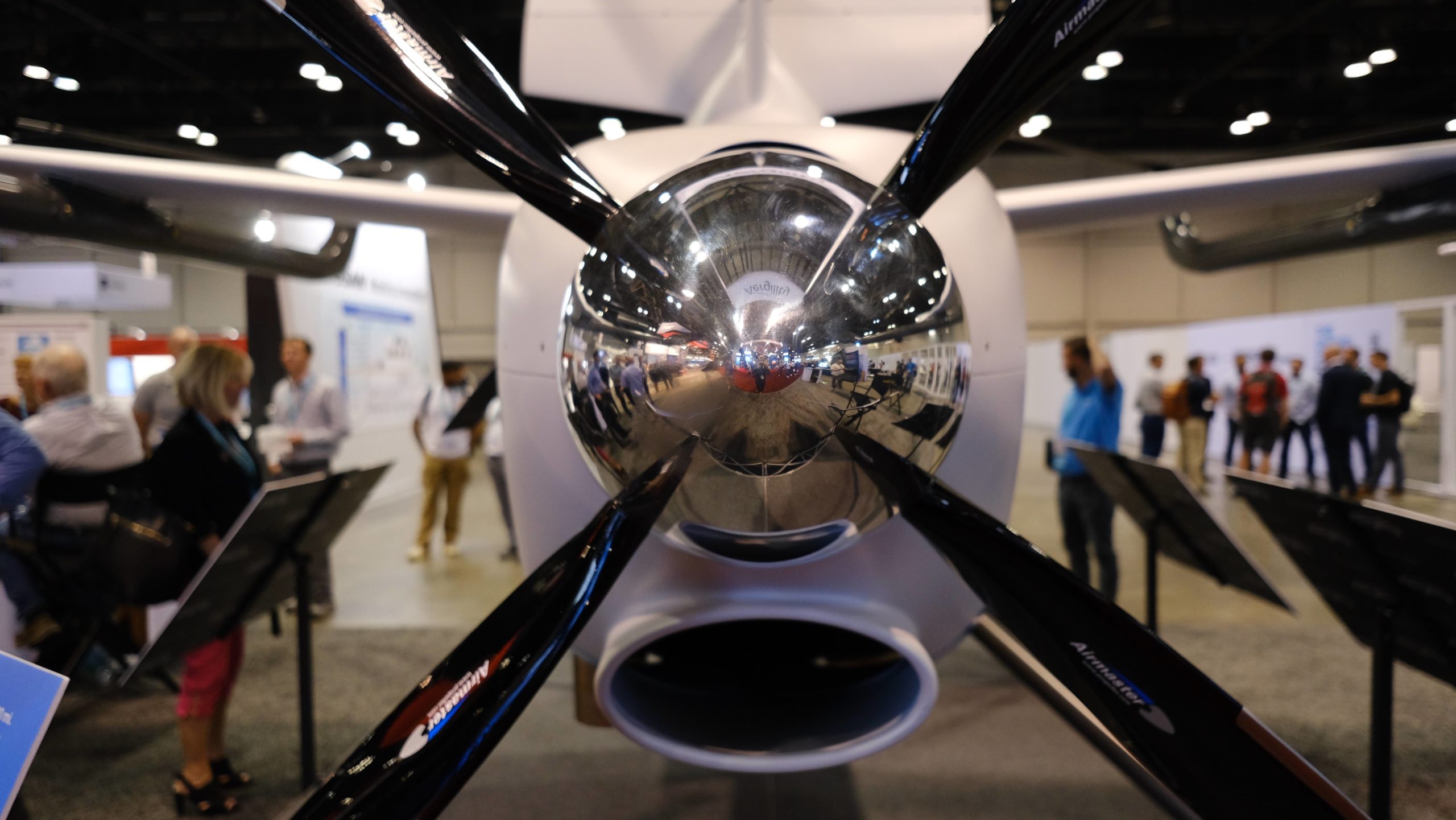
The back end, meanwhile, opens up much like a military cargo aircraft. This enables rapid loading and unloading, which is a major factor in a critical situation.

Takeoff, transition, autogyro
The ATLIS features a total of seven propellors and motors. The fuel engine is the one you saw previously, and is responsible for thrust in forward flight. In addition, ATLIS has six other motors that function both for vertical takeoff and landing (VTOL), like a quadcopter.
But during the transition to forward flight, the power to those VTOL rotors is gradually decreased to zero. Airflow starts to move those props of its own accord – meaning they begin to auto-rotate simply due to forward motion through air. Once they reach a sufficient speed, they provide lift just like a wing.
But these motors can also be controlled – slowed down on one side or the other (or front to back) by regenerative braking. The power generated during that braking process is transferred to the rotors on the opposite side of the aircraft, increasing their speed. Doing this gives the pilot authority over yaw, pitch and roll.
“So if you want to bank, you add power to rotors on one side by generating and drawing power from rotors on the opposite side,” says Vander Mey. “The net is that zero power has been used.
“The aircraft is remarkably simple. There are no ailerons, it’s just rotors.”
Here’s a better explanation, followed by a shot of one of those combination VTOL/autogyro rotors.
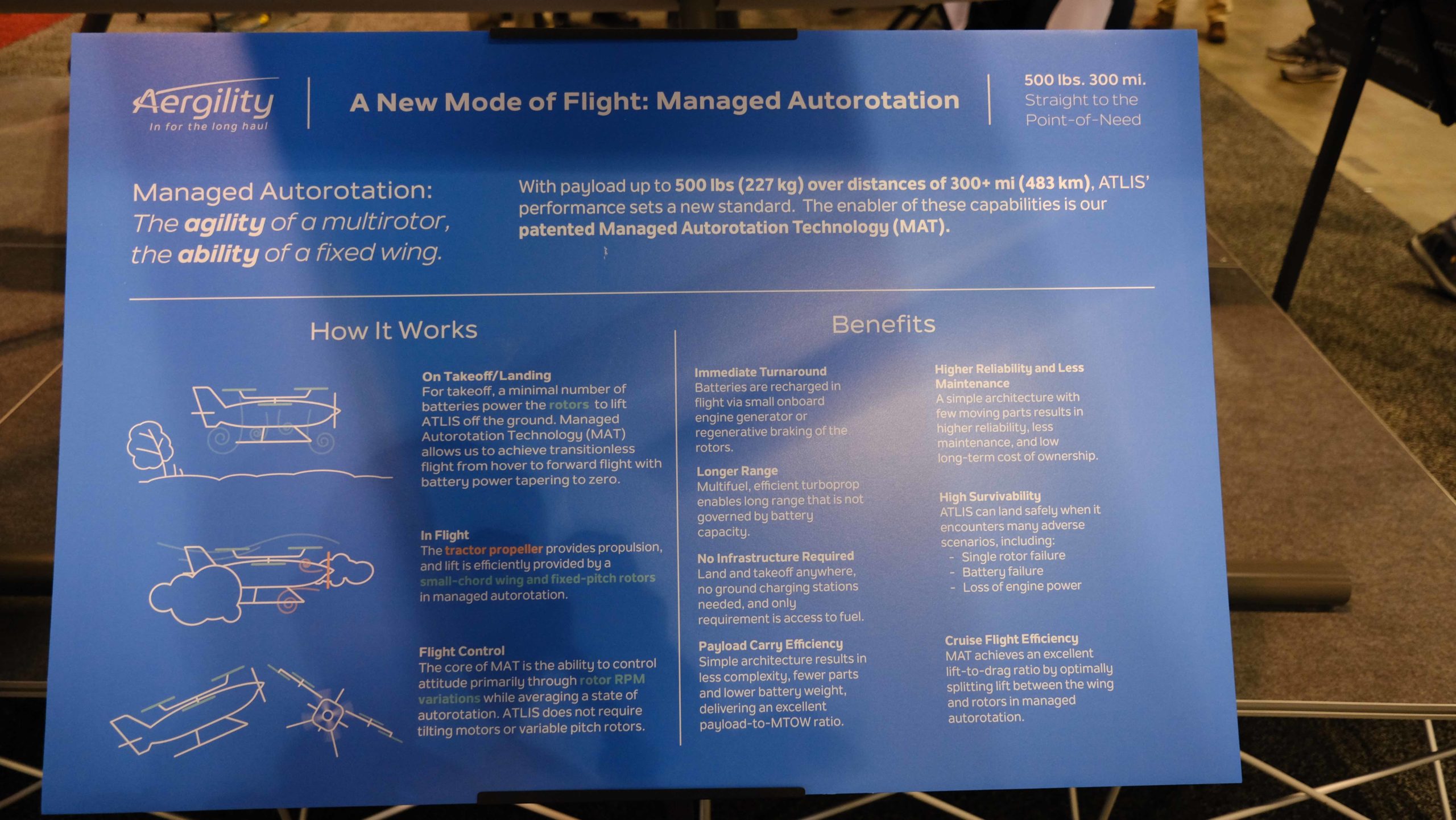
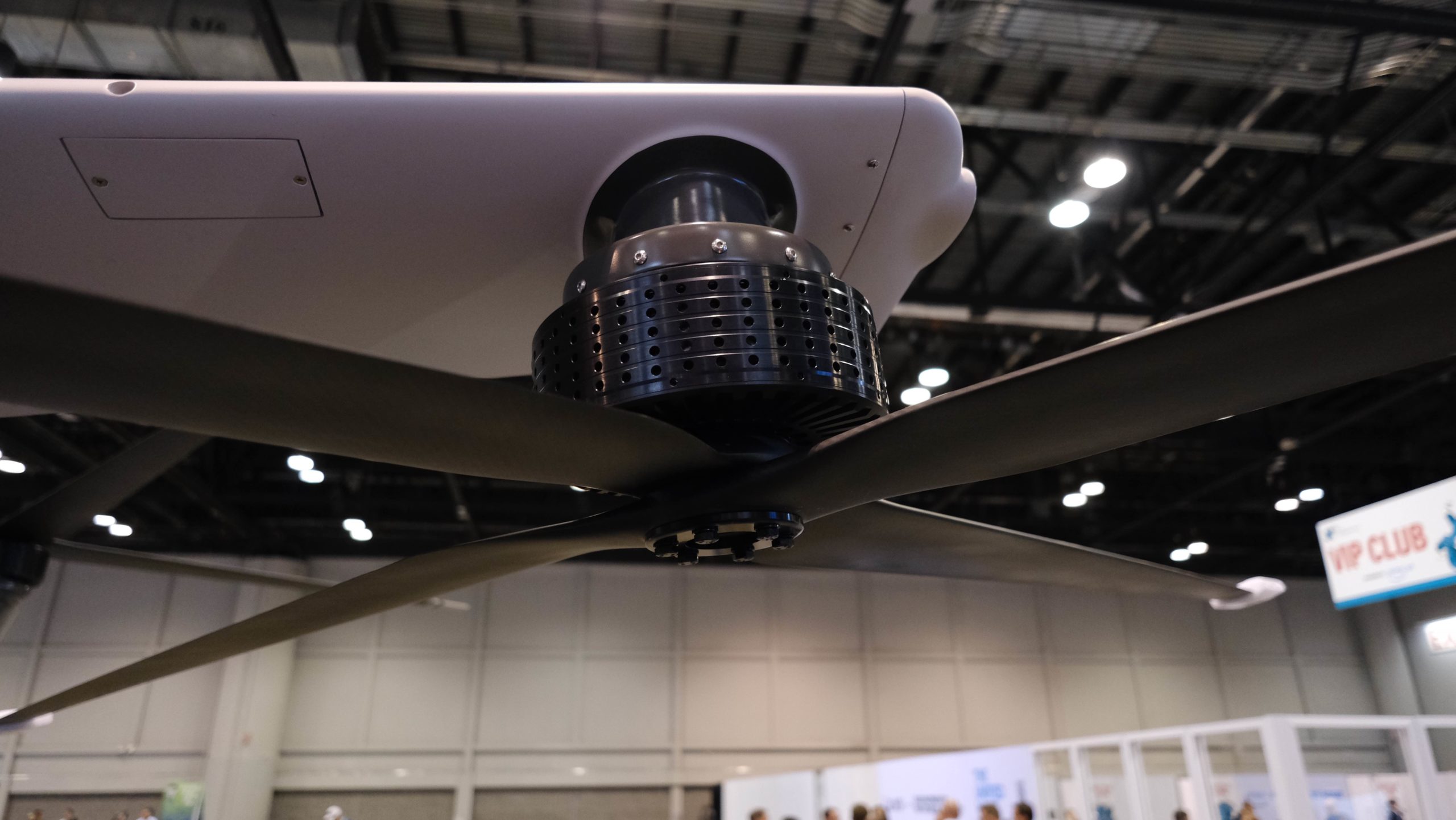
Getting ready for flight
The ATLIS on display has not yet flown. But it’s not a mockup (something that occasionally plagues trade shows). The carbon fuselage is the real deal, but final integration of components has not yet been done. The company has successfully flown a 1:3 scale version, and will take ATLIS to the air by the end of summer.
“There’s going to be an extensive certification process. The first thing is to get the aircraft in good shape and ready for production,” says Vander Mey. “So we are going to be doing our initial flight testing for this aircraft in late summer, and we’re targeting having production units available 18-24 months from now.”
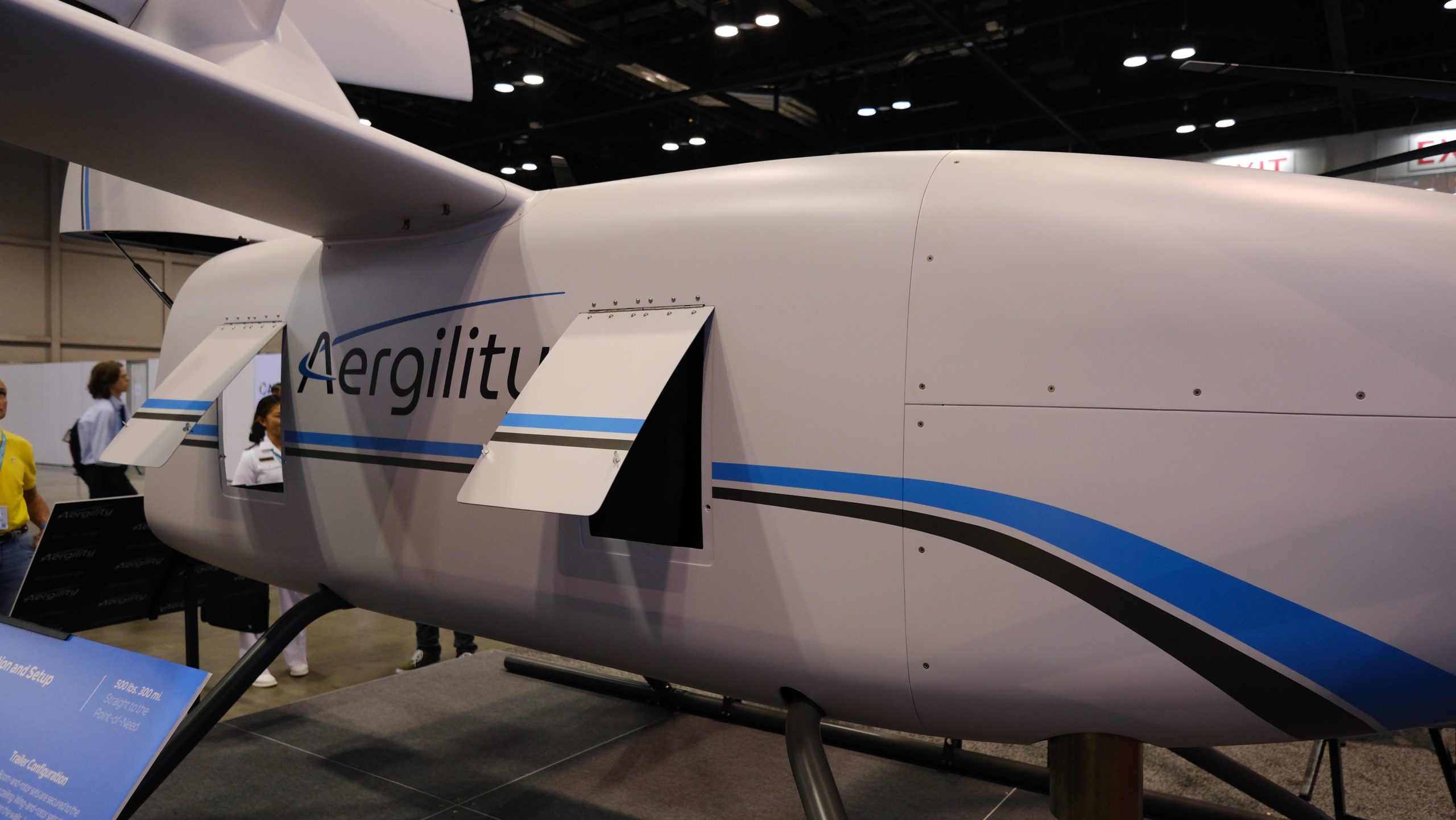
Scale model in flight
As mentioned, Aergility has previously produced scale models of this drone. You’ll see in this video that roll, pitch and yaw have all been achieved despite no airelons. Of course, multi-rotors do this as well – but standard quadcopters continuously supply power to all rotors. The ATLIS does not, once in full forward flight. And when inputs are required, it puts the brakes on some rotors, generating the power required to speed up opposing rotors.
This strikes us as new. Aergility appears to have been successful with its prototype:
InDro’s Take
This unusual design caught our eye. If Aergility can successfully get its full-scale version through certification, it will certainly find a market. The ability to move 500 pounds of cargo 300 miles in a VTOL-style aircraft is very significant, and we can foresee many humanitarian and emergency use-cases, as well as just routine deliveries to remote communities.
We’re also intrigued by the autogyro aspect, and the ability to change autogyro speeds for flight inputs (what Aergility calls “Managed Autorotation Technology” or MAT). ATLIS does not require tilting motors or variable pitch rotors; we’d love to see this sytem in action.
We wish Aergility the best in test flights, certification, and bringing this product to market. A drone like this, if successful, will certainly fill a void.
copyright 2022 © InDro Robotics all rights reserved





